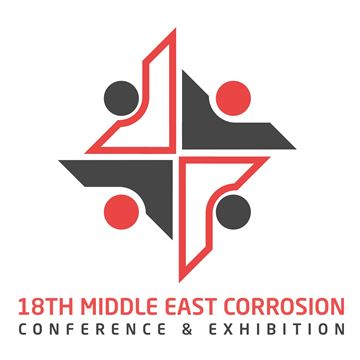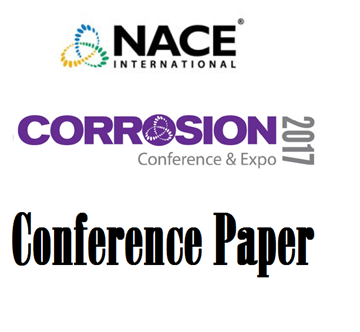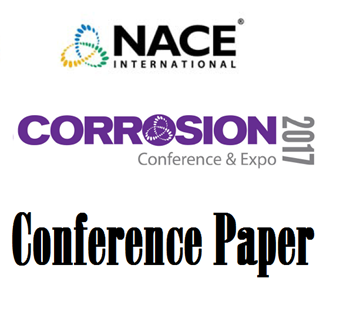Search
Products tagged with 'pitting'
View as
Sort by
Display
per page
Development of a Versatile Continuous Application Based Corrosion Inhibitor to Mitigate Top-of-the-Line Corrosion under Both Sweet and Sour Operating Conditions
Product Number:
MECC23-19972-SG
Publication Date:
2023
$20.00
Development Of For Multifunctional (Pit Detection + ER) Corrosion Monitoring Probe For Oil And Gas Internal Pipelines
Product Number:
51322-17820-SG
Publication Date:
2022
$20.00
Diagnosis of Internal Corrosion in Pipelines Based on Mapping Adverse Operational Conditions
Product Number:
51319-13250-SG
Publication Date:
2019
$20.00
Distribution of Corrosion Attacks in Sour Pipelines – A Parametric Study
Product Number:
51323-18981-SG
Publication Date:
2023
$20.00
Effect of Acetic Acid on Sour Corrosion of Carbon Steel
Product Number:
51317--9318-SG
ISBN:
9318 2017 CP
Publication Date:
2017
$20.00
Effect of Backing Gas Composition on Corrosion Behavior of Conventional Duplex Stainless Steel Weldments
Product Number:
51321-16598-SG
Publication Date:
2021
$20.00
Effect of Microstructural Particularities on the Corrosion Resistance of Nickel Alloy UNS N07718 – What Really Makes the Difference
Product Number:
51317--9068-SG
ISBN:
9068 2017 CP
Publication Date:
2017
$20.00
Effect Of Oxygen Concentrations on Localized Corrosion of Martensitic And Super Martensitic Stainless Steels
Product Number:
51323-18891-SG
Publication Date:
2023
$20.00
Effects of NaCl on Corrosion and Cracking Susceptibility of OCTG C110 Steel in Sour Environments
Product Number:
51323-19010-SG
Publication Date:
2023
$20.00
Electrochemical Investigation and Modeling of Cathodic Reactions on Iron Sulfides in Acidic Solutions
Product Number:
51323-19428-SG
Publication Date:
2023
$20.00
Electrochemical Methods vs Long-Term Immersion Tests to Assess Localized Corrosion Tendencies of Corrosion Inhibitors (Phase II)
Product Number:
MECC23-20180-SG
Publication Date:
2023
$20.00
Electrochemical Studies Of Stainless Steels In Hanford Effluent Treatment Facility Environments
Product Number:
51321-17001-SG
Publication Date:
2021
$20.00












